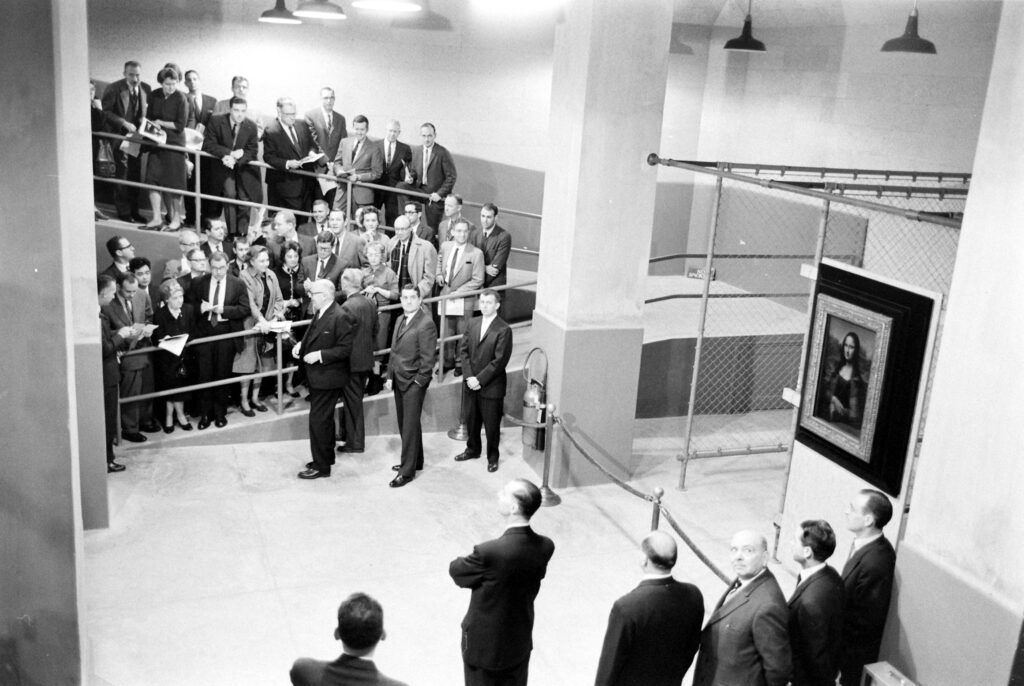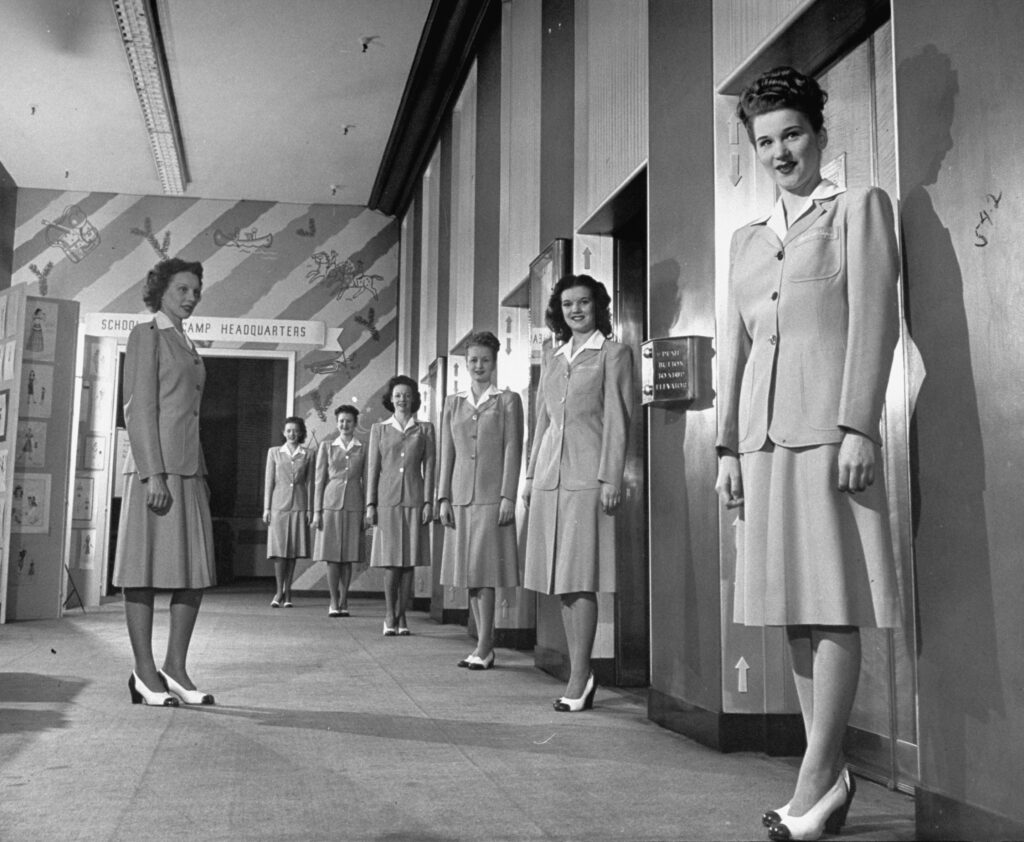If you want to know the value of the polio vaccine, take a look at what life was like without it. In a story grimly titled Infant Paralysis in the July 31, 1944 issue of LIFE, the magazine reported on an outbreak of the disease in rural North Carolina, and the emergency hospital that been erected outside the town of HIckory to deal with the surging number of patients.
Polio is a highly infectious disease that in mild cases resembles the flu. But in severe cases it affects the brain and spinal cord and can cause paralysis, and even those who recover can experience a recurrence of pain or paralysis years later. The disease was largely eradicated in the U.S. through vaccination, but memories of the damage done are why reports like the one in October 2022 about an unvaccinated man in New York state contracting polio and becoming paralyzed, in the first case in the United States in a decade, sets off alarms.
LIFE devoted plenty of coverage to this scourge in its early years of publication, and the photos by Alfred Eisenstaedt from 1944 are a valuable document of just what an outbreak looked like.
“The suddenness with which the disease struck in North Carolina overwhelmed ordinary medical facilities,” said the story. “The polio victims, mostly little children brought in from the little towns and backwoods, quickly filled the few local hospitals.”
To deal with the outbreak, the Army provided cots and tents. The Red Cross recruited nurses. The National Foundation for Infantile Paralysis (which is now the March of Dimes) supplied doctors from Philadelphia, New York and Chicago. And locals rallied to provide assistance in whatever way they could, including bringing bushels of apples for patients and staff.
Ten years later, in 1954, LIFE was there to capture the joy and relief of when polio vaccine trials began. Photo essays like this one show exactly what people were so relieved.

Convicts from the state prison were under armed guard as they helped construct an additional ward for the emergency hospital that was built in Hickory, N.C., during a polio outbreak in the area, 1944.
Alfred Eisenstaedt/LIFE Picture Collection/Shutterstock

Local farmers offering bushel of apples for kitchen of emergency hospital treating child victims of polio epidemic .
Alfred Eisenstaedt/LIFE Picture Collection/Shutterstock

A sick child was carried away by his brother after a preliminary examination; with the polio ward at the emergency hospital reserved for the most serious cases, he was sent home for observation, 1944.
Alfred Eisenstaedt/LIFE Picture Collection/Shutterstock

Nurses at emergency hospital treating child victims of polio epidemc used hot packs on the chest to relieve muscle spasms, 1944.
Alfred Eisenstaedt/LIFE Picture Collection/Shutterstock

A doctor performs a spinal tap (lumbar puncture) on a polio patient at an emergency hospital set up during a polio outbreak in rural North Carolina; the drawn fluid was used to determine the white blood cell count and aid in disgnosis.
Alfred Eisenstaedt/LIFE Picture Collection/Shutterstock

This child arrived at the emergency hospital set up for polio epidemic in grim transportation; a hearse was borrowed because all the ambulances were already in use, North Carolina, 1944.
Alfred Eisenstaedt/LIFE Picture Collection/Shutterstock

At an emergency hospital treating child victims of polio epidemic in 1944, boards under mattresses and at the feet of the beds helped keep patients in a straight, braced position.
Alfred Eisenstaedt/LIFE Picture Collection/Shutterstock

This 8-year-old polio patient needed a respirator to breathe; the most severe cases of the disease paralyzed the respiratory muscles. 1944.
Alfred Eisenstaedt/LIFE Picture Collection/Shutterstock

This 27-year-old polio patient needed an iron lung to breathe after the disease left his respiratory muscles paralyzed, Hickory N.C., 1944.
Alfred Eisenstaedt/LIFE Picture Collection/Shutterstock

A medical team made a preliminary diagnosis of a new patient at emergency hospital treating child victims of polio epidemic; at left, a doctor removed a splint from the patient’s foot that had been put on by a local doctor to support the muscles during transportation.
Alfred Eisenstaedt/LIFE Picture Collection/Shutterstock

This fly trap collected specimen flies from outside a patient’s home to be sent to Yale University for polio research experiments, thinking the insects might be transmitting the disease. The disease is now known to be transmitted from person to person.
Alfred Eisenstaedt/LIFE Picture Collection/Shutterstock

A recovering polio patient at an emergency hospital in Hickory, N.C., read a comic book donated by a local townsperson, 1944.
Alfred Eisenstaedt/LIFE Picture Collection/Shutterstock

A blood specimen was taken from brother of a polio victim at at emergency hospital constructed during a polio outbreak in rural North Carolina, 1944.
Alfred Eisenstaedt/LIFE Picture Collection/Shutterstock





















